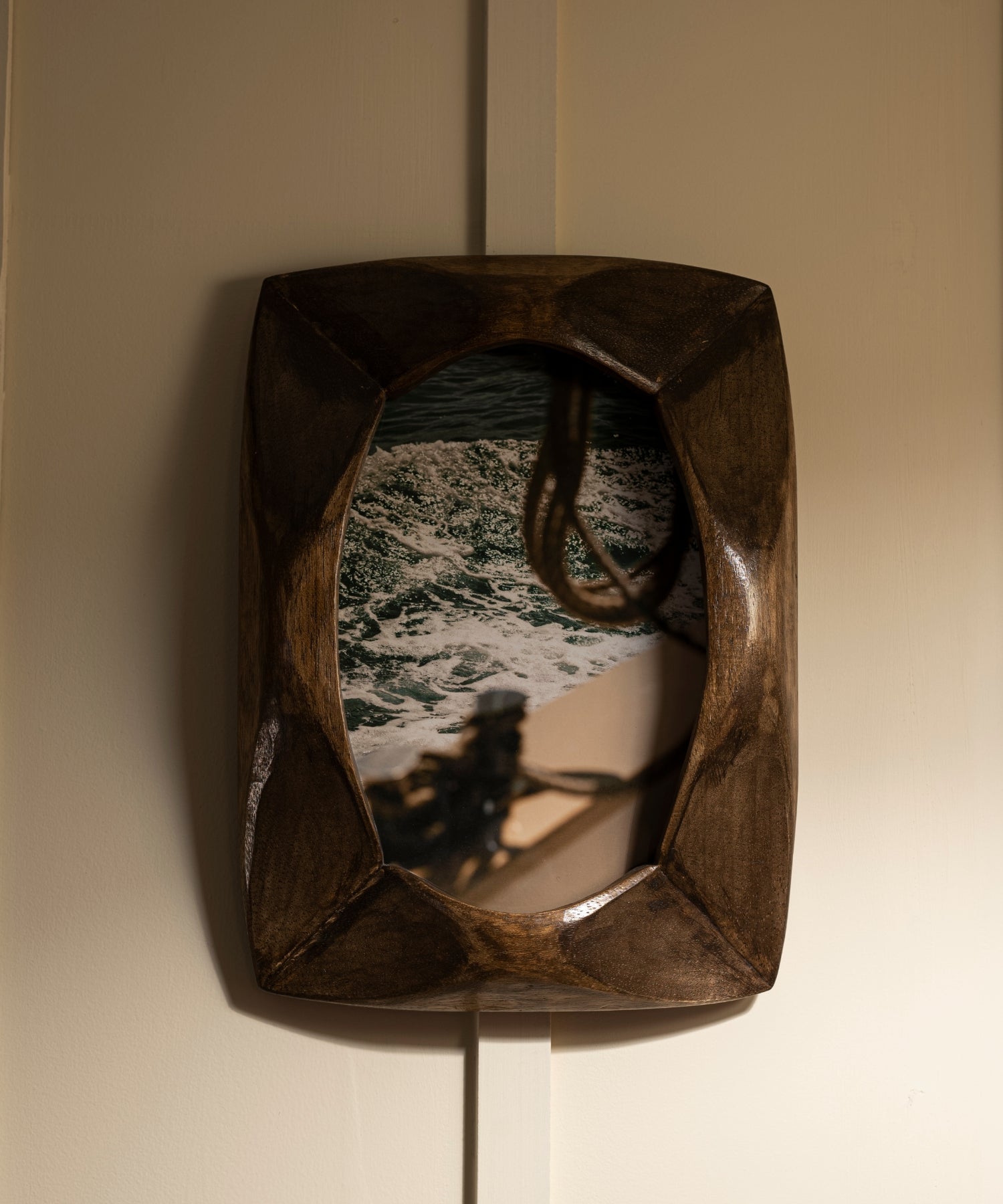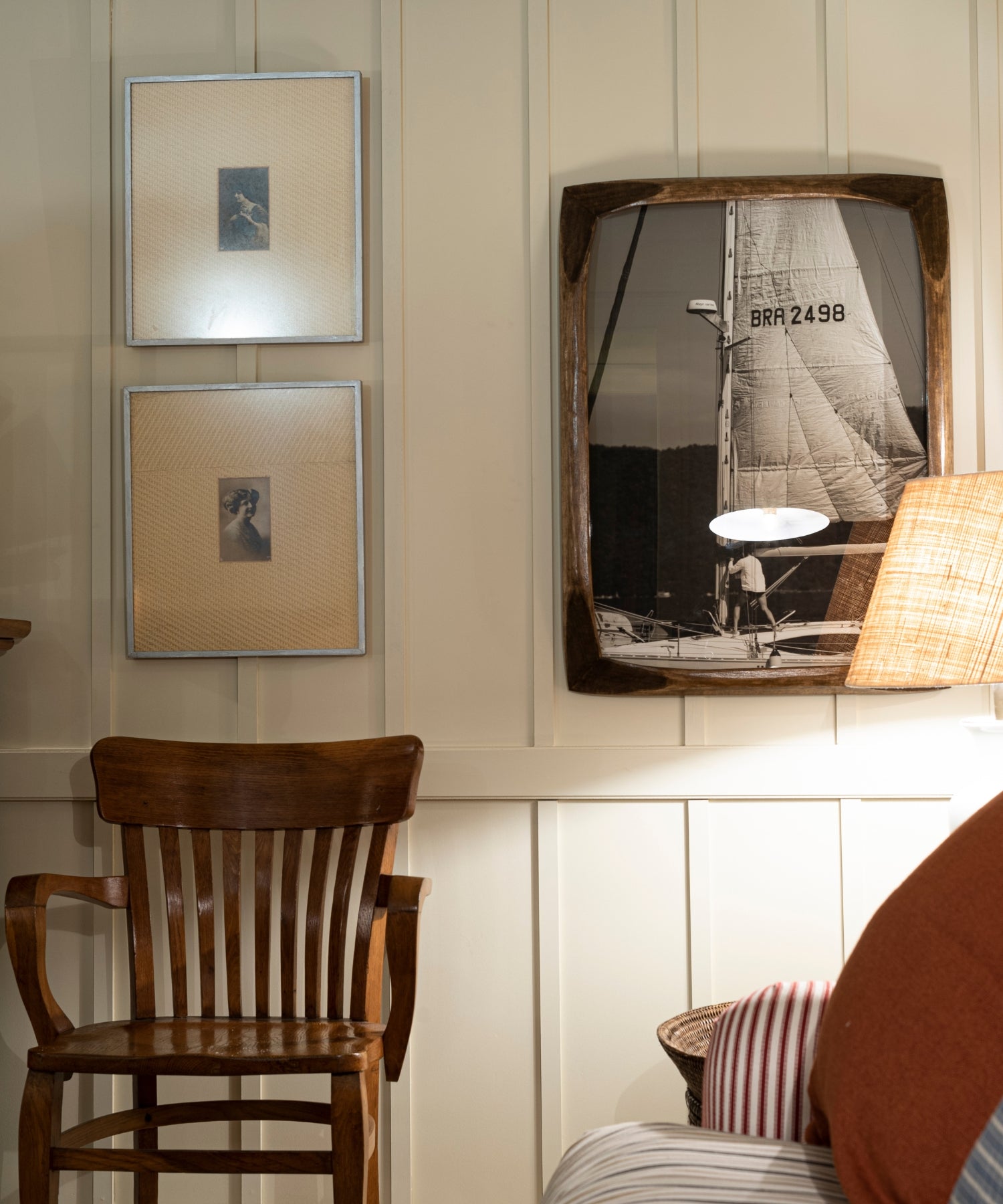Decorating a living room is an exciting task that involves a number of decisions, from choosing the furniture to the accessories that will give it the finishing touch. One element that can transform the space is a framed picture. Choosing the right picture can add personality, color, and style to your space. But how do you choose the ideal model? Here are some tips to help you with this task.
The Importance of Choosing the Right Frame
Why Paintings Are Important in Decoration
Paintings have the power to completely transform a room. They can add color, texture, and personality to any space. What’s more, well-chosen paintings can create a focal point, directing the eye and creating a focal point of visual interest in the room.
Benefits of Using Frames
Frames not only protect your artwork, but they also add a design element. A well-chosen frame can complement and enhance your artwork, while an inappropriate frame can distract from the beauty of the painting. Frames help define the style of your painting and help it blend into its surroundings.
Analyzing the Style of Your Room
Decoration Styles
The first step in choosing the ideal painting is to analyze the style of your room. There are many different styles of decoration, such as modern, classic, rustic, industrial, among others. Each style can be complemented by specific types of paintings and frames.
- Modern Style
For a modern room, opt for paintings with minimalist frames and more abstract works. Paintings with clean lines and neutral or vibrant colors can complement a modern space, adding sophistication and elegance.

- Contemporary Style
In a contemporary decor, which features straight lines and neutral colors, works with fabrics and simple frames can add a touch of originality and color to the space. In addition, colorful frames can bring a touch of personality. We brought an example from AD ASTRA, which mixed photographs of Paraty with striped frames, reminiscent of the colors and architecture of the city.

- Rustic Style
Rustic living rooms call for wooden frames and natural themes. Pictures of landscapes, animals or country scenes go well with the rustic style, bringing warmth and a feeling of closeness to nature. In addition, different wooden frames also look great with this style of decoration.

Integrating the Framework into the Environment
When choosing a painting, it is essential that it blends harmoniously into the room. Consider the furniture, the colors of the walls, and the decorative accessories. The painting should complement these elements and not clash with them.
Choosing Frame Colors
Harmonizing Colors
The colors of the painting should harmonize with the color palette of your room. This doesn’t mean that everything has to match exactly, but that the colors should complement each other.
- Neutral Colors
If your living room is decorated in neutral colors, a colorful frame can become the focal point of the space. Vibrant colors in the image, such as red, blue, or green, can add a touch of energy and vitality to the space. In this case, both neutral frames, such as acrylic, freijo wood, or white, and colorful frames match the decor.
- Colorful Environments
On the other hand, if the room already has a lot of colors, a picture in neutral tones can balance the look. Black and white pictures, for example, can bring elegance and sophistication without overwhelming the space. These images go well with both more neutral and more unusual frames.
Determining the Ideal Frame Size
Proper Proportions
The size of the painting is crucial to ensure that it stands out without overwhelming the room. Paintings that are too small can go unnoticed, while paintings that are too large can dominate the room.
- Two-Thirds Rule
A good rule of thumb is for the frame to take up about two-thirds of the wall space it will be placed on. This creates a nice visual balance and ensures that the frame stands out appropriately.
- Ideal Height
If you’re hanging the painting above a piece of furniture, such as a sofa or sideboard, make sure it’s no wider than the piece of furniture. Additionally, the center of the painting should be at eye level, about 5 feet from the floor, so that it’s easy to see.
Choosing the Ideal Frame
Types of Frames
The frame of your painting should be chosen as carefully as the artwork itself. There are several types of frames, each with its own style and visual impact.
- Wooden Frames
Wooden frames can add warmth and a natural touch to a room. They are versatile and can be used in a variety of decor styles, from rustic to classic.

- Colorful frames
As we already mentioned in the example of AD ASTRA, colorful frames bring freshness to the room, and can add the “final touch” or collaborate with the rest of a more “fun” decoration.

- Minimalist Frames
For a cleaner, more contemporary look, thin, understated frames are a good choice. They allow the artwork to be the main focus, without distractions. White or black frames are great options.

- Ornate Frames
More robust and detailed frames are beautiful options. AD ASTRA also produces some pictures with wooden frames that resemble the shape of little boats, referring to the place where the framed photographs were taken, Paraty.

Choosing the Frame Theme
Theme Types
The subject of the painting is also an important factor. Photographs, landscapes, portraits, abstracts, and illustrations are some of the options available. Think about what you want to express through the art and how it fits into the atmosphere of your room.
- Documentary photographs
Documentary photography aims to capture reality. Unlike artistic photography, where creating aesthetically pleasing images is the goal, documentary photography captures reality in its rawest and most authentic form. Black and white photographs can bring a touch of sophistication and timelessness to a setting. And color photographs can add vibrancy and energy.
- Landscapes
Landscape paintings can bring a sense of tranquility and connection with nature. They are ideal for creating a relaxing and serene environment.
- Abstracts
Abstract artworks are perfect for modern and contemporary environments. They can add dynamism and a touch of creativity to the space.
Conclusion
Choosing the ideal painting for your living room involves considering the style, colors, size, frame, and theme of the work. With these tips, you will be better prepared to make a choice that not only complements your decor, but also expresses your personality and style. Remember that art is a form of expression and should reflect what is important to you.



